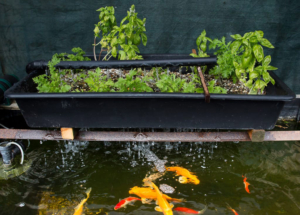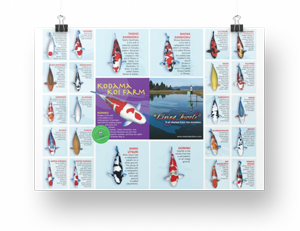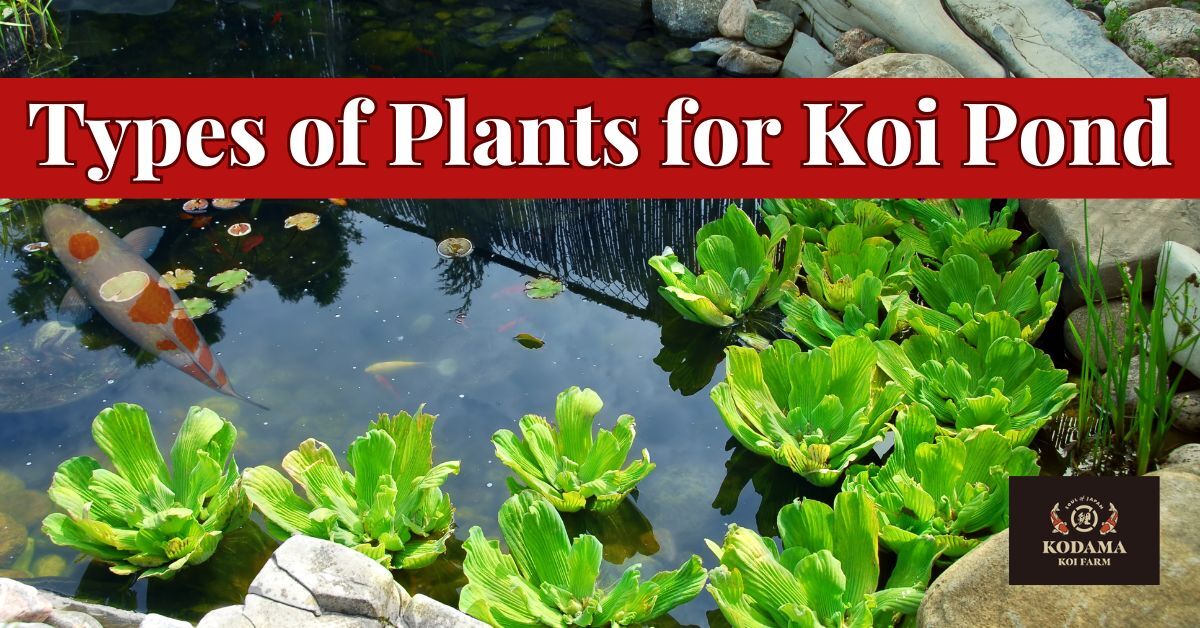
These plants help regulate the pond’s environment, creating a balanced habitat where koi can grow and stay healthy. By integrating both aesthetic and functional plants, pond owners can promote a healthier, more vibrant environment, ensuring the koi thrive in a balanced and well-maintained ecosystem.
The Ultimate Guide to Choosing the Perfect Plants
Koi Pond Plants vs. Common Pond Plants
What’s the Difference?
While all pond plants enhance a water garden’s beauty, koi pond plants are carefully selected to meet koi fish’s specific needs. These plants play a crucial role in maintaining water quality, providing shade, and supporting oxygen levels. Beyond aesthetics, they contribute to a healthy, balanced ecosystem that promotes koi well-being.
By choosing the right plants, pond owners can create an environment where koi thrive, ensuring the fish stay healthy and the pond remains vibrant. Proper plant selection not only adds visual appeal but also supports the long-term health of the koi and their habitat.
Pond Plants
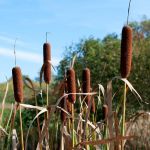
Koi Pond Plants
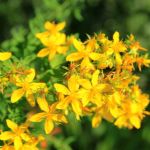
The Benefits of Plants for Koi Ponds
Koi pond plants do more than enhance aesthetics—they play a vital role in maintaining a healthy pond ecosystem. From improving water quality and oxygenation to providing shade, shelter, and natural food sources, these plants help create an environment where koi can thrive.
- Water Quality and Oxygenation: Plants like hornwort, anacharis, and vallisneria absorb excess nutrients such as nitrates and phosphates, preventing harmful algae blooms and maintaining clear, clean water. Submerged plants also oxygenate the water through photosynthesis, which is vital for the respiratory health of your koi.
- Shelter and Shade: Marginal and floating plants like water lilies, lotus, and water hyacinth provide essential shelter and shade, protecting koi from predators and excessive sunlight. This shade helps regulate water temperature, reducing the risk of koi sunburn and stress.
- Natural Food Source: Some plants, such as duckweed and water lettuce, serve as a natural food source for koi, promoting their growth and health. Additionally, plants attract insects and larvae, which koi can feed on, mimicking their natural diet.
- Ecosystem Balance: By selecting the right types of plants—whether they are marginal, floating, submerged, or water lilies and lotus—you can create a balanced and thriving environment where koi and plants coexist harmoniously. This balance is key to maintaining good water quality, reducing the need for chemical treatments, and enhancing the beauty of your pond.
Here’s a simple chart comparing plants for koi ponds
| Plant Name | Common Pond Plants | Koi Pond Plants | Benefits |
|---|---|---|---|
| Water Lilies | ✅ | ✅ | Provides shade and reduces algae growth. |
| Water Hyacinth | ✅ | ✅ | Filters water and shades the surface. |
| Water Lettuce | ✅ | ✅ | Floats on the surface and improves water quality. |
| Pickerelweed | ✅ | ✅ | Tough plant that withstands nibbling. |
| Anacharis | ✅ | Provides oxygenation and shelter for koi. | |
| Hornwort | ✅ | Oxygenates water and prevents algae growth. | |
| Sweet Flag | ✅ | Helps filter water and is unappealing to koi. | |
| Creeping Jenny | ✅ | Ground cover that hangs over pond edges. | |
| Umbrella Palm | ✅ | Adds structure and filters water. | |
| Water Poppy | ✅ | Small floating plant providing shade and blooms. | |
| Cattails | ✅ | Adds vertical interest but may be invasive. | |
| Arrowhead | ✅ | Attractive but easily uprooted by koi | |
| Horsetail Rush | ✅ | Good for edging but fragile for koi. | |
| Parrot’s Feather | ✅ | Delicate and easily eaten by koi. | |
| Lotus | ✅ | Adds beauty and large blooms. | |
| Duckweed | ✅ | Can overtake the pond and become invasive. |
Most Common Kinds of Plants for Koi Ponds
Selecting the right plants for koi ponds is essential for maintaining a healthy, balanced ecosystem while enhancing its natural beauty. Aquatic plants help filter the water, provide oxygen, and create shade, which reduces algae growth and keeps koi comfortable. Additionally, plants offer shelter for koi and smaller pond life, promoting biodiversity.
What types of plants to koi like to eat?
Plants that koi like to eat are hornwort, water lilies, hyacinths, mosaic plants, water lettuce, and duckweed. These plants are fast growing and rarley is it a problem for koi to take small bites out of these types of plants.
There are Three Main Categories of Koi Pond Plants to Consider:
Submerged Oxygenating Plants (Improve Water Quality)
- Anacharis (Elodea) – Absorbs excess nutrients and reduces algae.
- Hornwort (Ceratophyllum demersum) – Great for oxygenation and algae control.
- Vallisneria (Vallisneria spiralis) – Provides cover and oxygenates water.
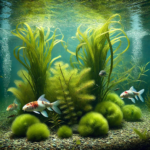
Marginal Plants (Planted at Pond Edges)
- Pickerel Rush (Pontederia cordata) – Adds vertical height and improves water filtration.
- Taro (Colocasia esculenta) – Large, tropical leaves for a lush look.
- Sweet Flag (Acorus calamus) – Hardy, low-maintenance, and excellent for filtration.
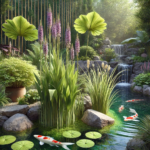
Floating Plants (Provide Shade & Nutrient Control)
- Water Lettuce (Pistia stratiotes) – Blocks sunlight and absorbs excess nutrients.
- Water Hyacinth (Eichhornia crassipes) – Natural filtration and algae prevention.
- Duckweed (Lemna spp.) – Small but effective in nutrient absorption
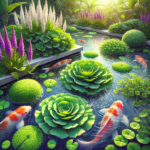
The Importance of Plants for Oxygenation in Koi Ponds
Koi are active swimmers that need high oxygen levels to thrive. Low oxygen can cause stress, sluggishness, and increased disease risk. Plants help oxygenate the water through photosynthesis, releasing oxygen during the day. Floating plants like water lettuce and hyacinth provide shade and increase oxygen, while submerged plants like hornwort and anacharis release oxygen directly into the water.
Plants for koi ponds also reduce organic waste by absorbing excess nutrients from fish waste and leftover food, preventing harmful algae blooms. They filter debris and reduce nutrient buildup, promoting clearer, healthier water for koi.
A well-planted pond helps balance the ecosystem, reducing the need for chemical treatments or artificial aeration. Shade from floating plants also regulates water temperature and controls algae growth.
Incorporating oxygenating plants is an easy, natural way to support koi health. With the right plants, you can create an oxygen-rich environment that promotes vibrant koi and better water quality.
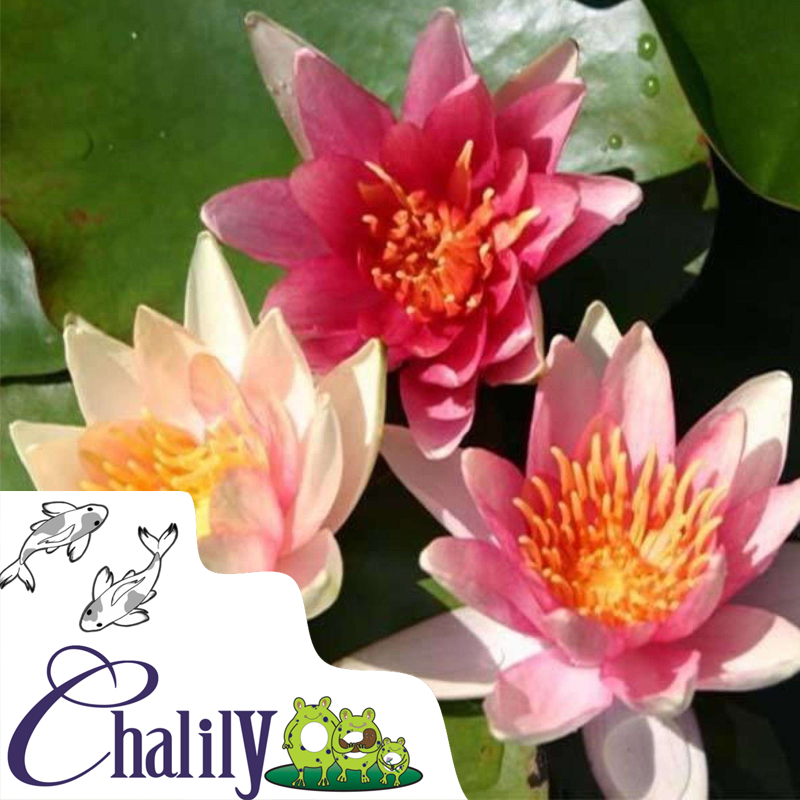
Transform Your Koi Pond with Live Water Lilies! 🌸
Enhance your pond’s beauty while promoting a balanced ecosystem with our premium Live Water Lilies. These stunning plants provide essential shade, improve water quality, and create a peaceful habitat for your koi.
Learn more about the Benefits of our Live Water Lilies now!!
Ready to build a pond that supports both fish and foliage? Start today!
A well-planted pond can also help prevent disease by limiting harmful bacteria growth and promoting a balanced ecosystem. Beyond these benefits, plants encourage natural koi behavior, allowing them to forage, explore, and interact with their surroundings in a more enriching environment. By selecting the right combination of submerged, floating, and marginal plants, you can create a healthier, more balanced pond where koi thrive.
Is It Possible to Have Too Many Plants in a Koi Pond?
How to Keep Koi Pond Water Crystal Clear with Plants?
What Plants Will Koi Fish Not Eat?
- Sweet Flag (Acorus calamus): This hardy plant has a strong structure that koi typically leave alone.
- Horsetail Rush (Equisetum hyemale): With its rigid stems, horsetail is unappealing to koi.
- Pickerelweed (Pontederia cordata): Its robust leaves and stems make it durable against nibbling.
- Umbrella Palm (Cyperus alternifolius): Koi rarely disturb its tall, thick stems.
- Water Iris (Iris pseudacorus): This plant’s dense root system provides protection from koi.
These plants not only add beauty but also support pond balance and water filtration without being easily uprooted or eaten. Selecting koi-resistant plants helps maintain a thriving, stable pond environment.
Decorative Koi Pond Plants: Enhancing Beauty & Function
|
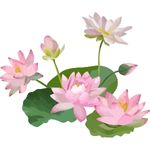 |
|
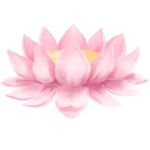 |
|
 |
|
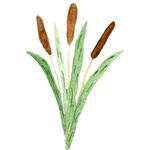 |
Are Floating Plants Good for Ponds?
One of the key advantages is shade and temperature control. Floating plants, like water lettuce and water hyacinth, reduce sunlight penetration, which helps cool the water and minimizes algae growth. This balance is crucial for koi health, as it prevents stress from temperature fluctuations and maintains better water quality.
Floating plants also act as natural filters, absorbing excess nutrients from fish waste and leftover food that would otherwise promote harmful algae. Additionally, their root systems provide shelter for koi fry and beneficial bacteria.
While koi may nibble on some species, properly managed floating plants can thrive and contribute to a balanced pond. Incorporating floating plants is an easy way to support oxygenation, filtration, and a healthier pond environment overall.
How to Maintain Pond Plant Health?
- Regular Maintenance: Trim dead or decaying plant material to prevent water quality issues.
- Proper Planting: Use appropriate substrates or containers to anchor plants and facilitate growth.
- Koi Protection: Some koi may nibble on plants; using plant guards or choosing less palatable species can help.
By thoughtfully selecting and maintaining a variety of aquatic plants, you can create a vibrant and healthy environment that benefits both your koi and the overall aesthetics of your pond.
Enhance Your Koi Pond with Aquaponics!
Did you know that the right koi pond plants can do more than just beautify your pond? They’re essential for water filtration, oxygenation, and creating a balanced ecosystem—key components in a thriving aquaponics system!
Oxygenating plants also boost oxygen levels, which is essential for koi respiration, particularly during warmer months when oxygen depletion is more likely.
